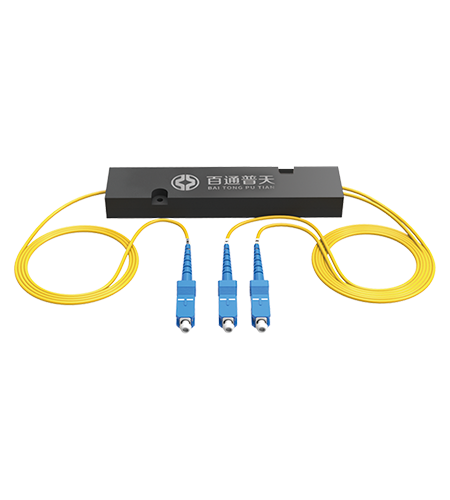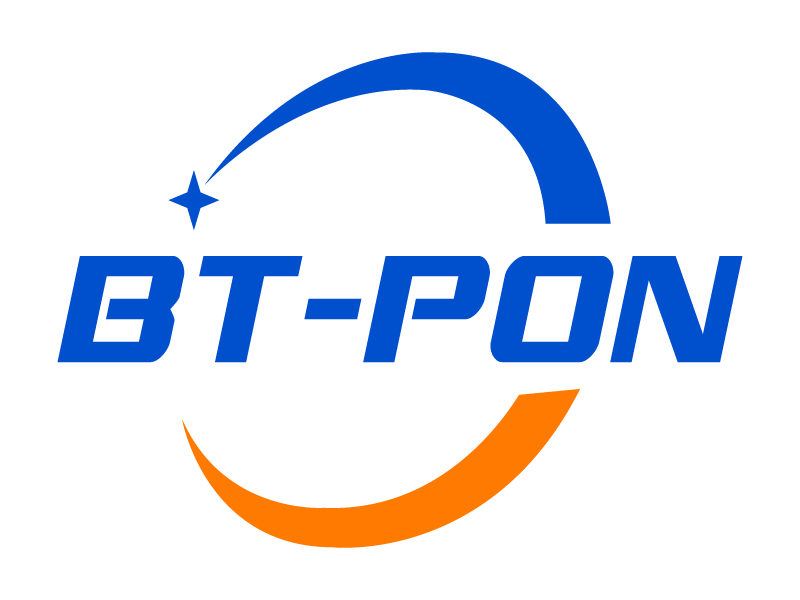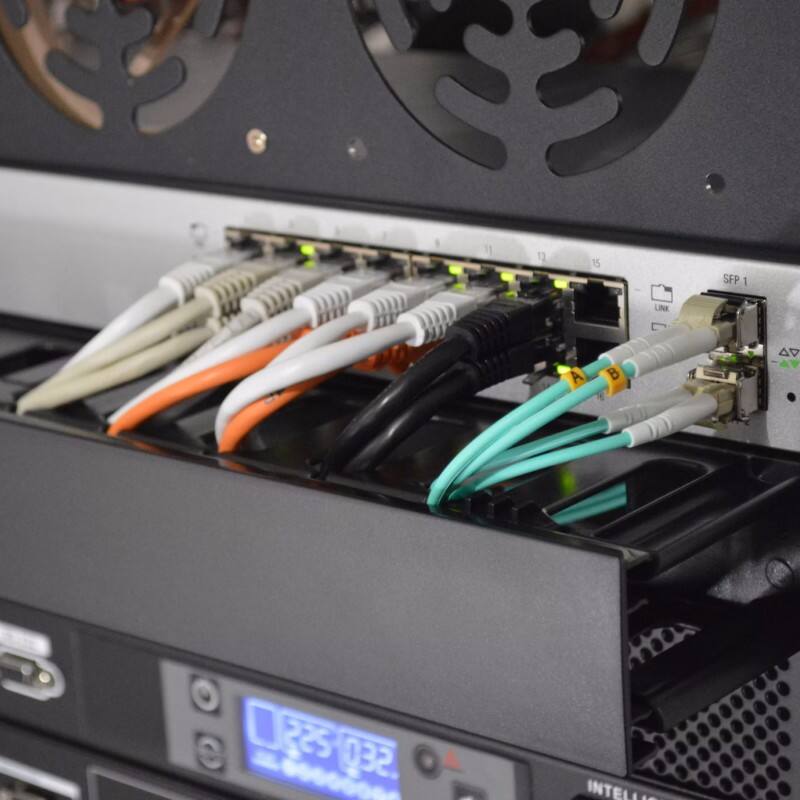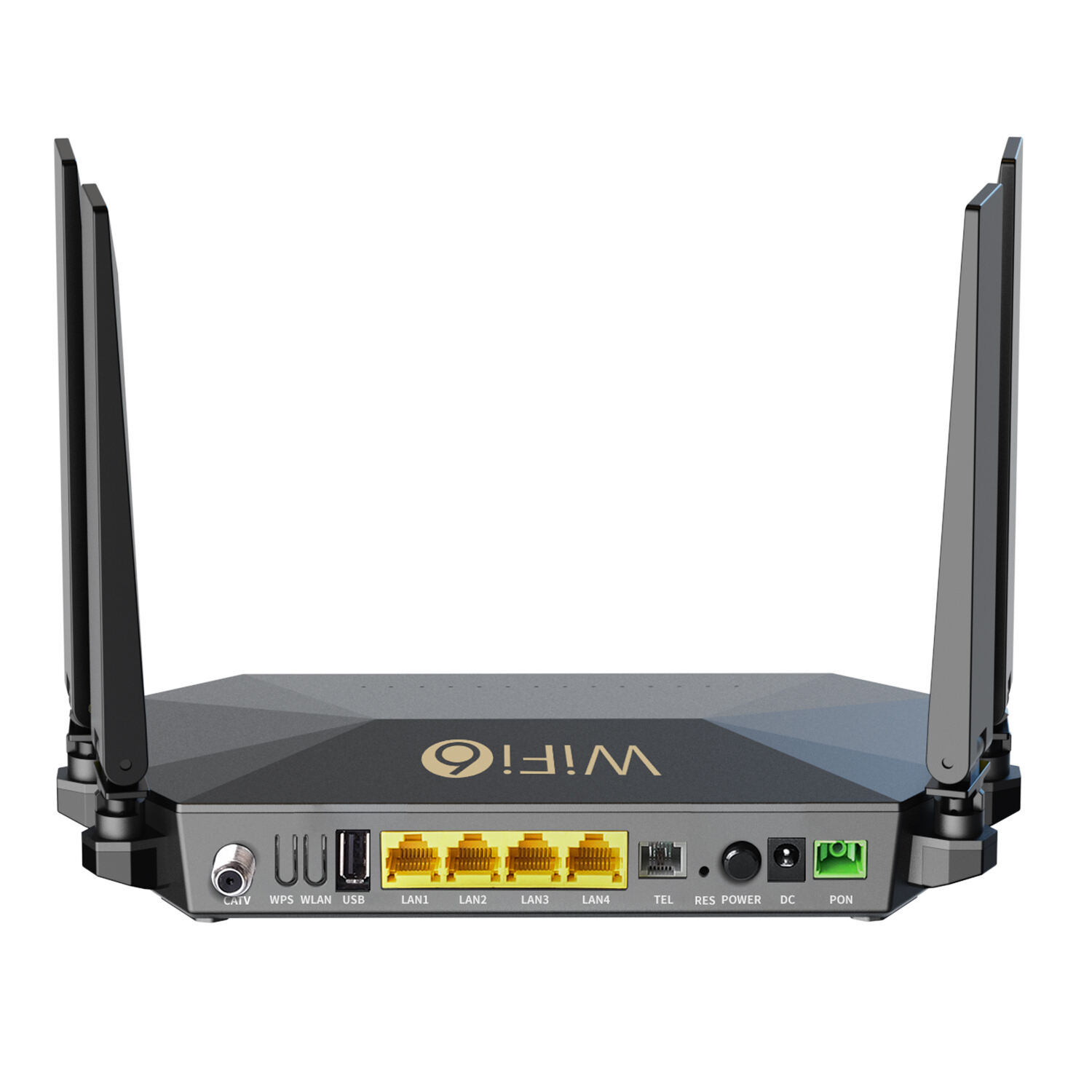Fiber Optic Equipment: The Backbone of High-Speed Communication
Fiber optic equipment is essential for fast communication during this era of digital technology. Modern communication networks use fiber optics because it enables the transmission of a large volume of data extremely fast. Fiber optic supporting tools range from installation devices to testing gadgets.
Types of Fiber Optic Equipment
1. Installation Tools: To securely bond optical fibers, specific tools are needed for the optical installation process such as – strippers, cleavers, splicers etc., which do the preparing and joining.
2. Testing Devices: Optical time domain reflectometer (OTDRs) and power meters help ensure that fiber optic networks perform as expected without any hindrances. They help in detecting faults or losses occurring in the network.
3. Connectors and Adapters: Connectors and adapters join or break fiber cables from each other in order to facilitate linkages between them. Examples include SC, LC and ST connectors.
4. Splicing Equipment: Mechanical or fusion splicing can be used to join two or more optical cables together using splicing equipment that calls for specific tools/machines depending on each method used.
5. Enclosures and Panels: These house fibre optic cables providing safe keeping along with an organized environment. Wall mountable or rack mounted enclosures may be employed based on the situation at hand such as enclosures mounted on walls while others are found within racks.
6. Cleaning Supplies: Dirt removal from connectors as well as the cleansing of lint free wipes is essential in keeping up with optimal performance of light wave systems.
Importance of Fiber Optic Equipment
1. Reliability: Signal loss/interference is reduced by using fiber optic equipments resulting into reliable communication networks.
2. Speed: Video streaming, playing online games like cloud computing need faster rates at which data is transmitted. Fiber optic technology is behind these applications.
3. Bandwidth: Fiber optic networks can handle more signals simultaneously hence they have high bandwidth as a result of which they support the emerging needs for application that are data intensive.
4. Distance: Long haul communication doesn’t need signal boosters since fiber optic cables are capable of transmitting information over very long distances.
5. Future-Proofing: Communication networks must be ready to face future technological advancements and demand for transmission of increasing amounts of data by investing in fiber optic equipment.
High-speed communication networks are developed and maintained through the use of fiber optic equipment. Starting from installation tools, testing devices, each component of the equipment plays a vital role in ensuring that this technology remains dependable, fast and efficient in its operations. Its significance will continue to rise as digital communication becomes increasingly important worldwide; thus businesses and organizations should invest in optical fiber devices accordingly to stay relevant.

 EN
EN
 AR
AR BG
BG CS
CS DA
DA NL
NL FR
FR DE
DE EL
EL HI
HI IT
IT JA
JA KO
KO NO
NO PL
PL PT
PT RO
RO RU
RU ES
ES SV
SV TL
TL ID
ID SR
SR VI
VI SQ
SQ HU
HU TH
TH TR
TR FA
FA MS
MS HY
HY AZ
AZ KA
KA BN
BN LO
LO LA
LA NE
NE MY
MY KK
KK UZ
UZ



